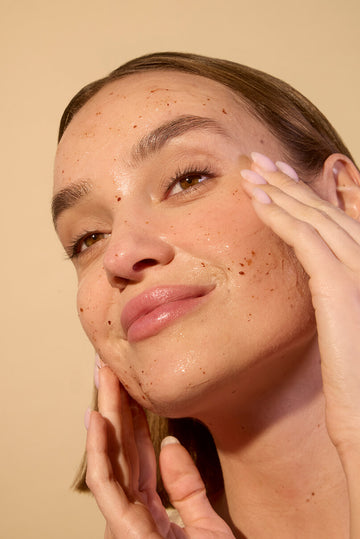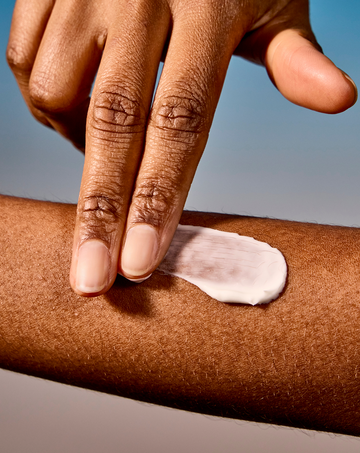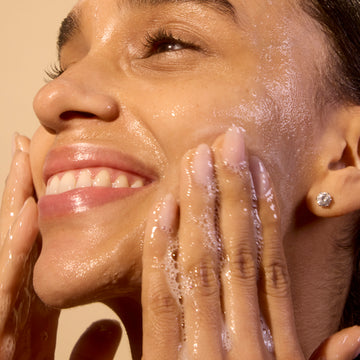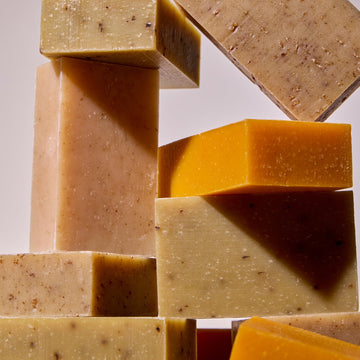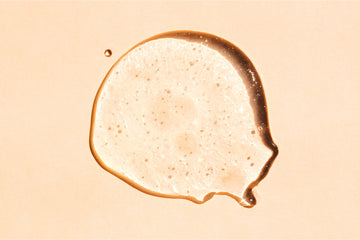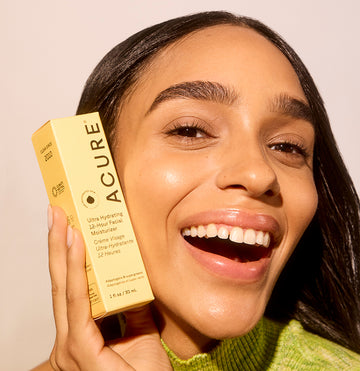Understanding Glycolic Acid & Its Role in Skincare Glycolic acid is one of the most popular exfoliating acids used in skincare today.
In this guide, we’ll explore what glycolic acid is used for, its many benefits, how to use it safely, and how to incorporate it into your skincare routine.Understanding Glycolic Acid & Its Role in Skincare Glycolic acid is one of the most popular exfoliating acids used in skincare today. Derived from sugarcane, it belongs to the alpha hydroxy acid (AHA) family, known for effectively removing dead skin cells, improving skin texture, and boosting radiance. Its small molecular size allows it to penetrate deeper into the skin than other AHAs, making it highly effective for a wide range of skincare concerns.
What is Glycolic Acid & What Is It Used For?
Glycolic acid is a water-soluble AHA that works by breaking down the bonds between dead skin cells, allowing them to be easily removed. This exfoliation process reveals brighter, smoother skin while also improving overall skin texture.
Key Uses of Glycolic Acid:
- Removes dead skin cells for a fresher complexion.
- Helps fade dark spots and hyperpigmentation.
- Clears clogged pores, making it effective for acne-prone skin.
- Stimulates collagen production, reducing the appearance of fine lines.
- Improves skin hydration by increasing moisture retention.
Glycolic acid can be found in various skincare products, including serums, toners, and glycolic acid cleansers like the Resurfacing Glycolic & Unicorn Root Cleanser, which gently exfoliates while maintaining skin balance.
What Are the Benefits of a Glycolic Acid Cleanser?
A glycolic acid cleanser offers a gentler way to introduce AHAs into your skincare routine while still providing exfoliation. Here’s why it’s a great addition to your routine:
Glycolic Acid Benefits:
- Exfoliation & Cell Turnover: Helps slough off dead skin cells to reveal fresher, brighter skin.
- Brightening Effect: Reduces dullness, hyperpigmentation, and dark spots for an even tone.
- Acne & Blemish Control: Unclogs pores and reduces breakouts, making it ideal for acne-prone skin.
- Anti-Aging Properties: Stimulates collagen production, reducing the appearance of wrinkles.
- Improved Skin Texture: Smooths rough patches and enhances overall skin tone.
How to Use Glycolic Acid in Your Skincare Routine
Step 1: Choosing the Right Concentration
- Beginner-friendly: Start with low concentrations (1-5%) to allow skin to adjust.
- Advanced users: Those experienced with acids can use concentrations of 10% or higher for more intense exfoliation.
Step 2: Understand How Often to Use It
- Start with 1-2 times per week, gradually increasing based on your skin’s tolerance.
- Oily or acne-prone skin types may use it more frequently, while dry or sensitive skin should be cautious.
Step 3: Apply Glycolic Acid Correctly
- Apply to clean, dry skin for best absorption.
- Follow with a moisturizer to lock in hydration.
- Always apply SPF in the morning, as glycolic acid increases sun sensitivity.
Step 4: Do Not Mix with Irritating Ingredients
- Avoid using glycolic acid alongside retinol or strong exfoliants on the same day.
- Be cautious when combining with Vitamin C—consider alternating days.
How to Best Combine Glycolic Acid with Other Skincare Ingredients
Knowing which ingredients to pair with glycolic acid can enhance its benefits while minimizing irritation.
Safe Combinations:
- Hyaluronic acid and ceramides help counteract dryness and keep skin hydrated.
- A Vitamin C serum, like Brightening Vitamin C & Ferulic Acid Serum, can be used on alternate days to boost radiance.
Use Caution With:
- Retinol & strong exfoliants – Can lead to over-exfoliation and irritation.
- Vitamin C – May cause sensitivity when used together with glycolic acid.
- SPF is a must! Glycolic acid makes the skin more susceptible to sun damage. Consider using a vegan sunscreen to stay protected while enjoying its benefits.
Who Should (and Shouldn’t) Use Glycolic Acid?
Glycolic acid is a fantastic skincare ingredient, but it’s not for everyone. Here’s who should (and shouldn’t) use it:
✔ Best for:
- Oily and acne-prone skin.
- Those looking to reduce hyperpigmentation and fine lines.
- Anyone aiming to improve overall skin texture.
❌ Use with caution if:
- You have sensitive or reactive skin—start with a patch test.
- Your skin is very dry or compromised—consult a dermatologist first.
- You frequently experience sunburns—glycolic acid can make skin more sensitive to UV rays.
What Are the Common Side Effects of Using Glycolic Acid?
If used incorrectly, glycolic acid can cause mild irritation. Here’s what to watch for:
- Redness & Irritation: Can occur if overused—start slow and build tolerance.
- Sun Sensitivity: AHAs increase sun damage risk—always wear SPF.
- Dryness & Peeling: Balance with hydrating ingredients to avoid excessive dryness
Are There Natural & Vegan Alternatives to Traditional Glycolic Acid Products?
For those looking for a more natural exfoliant, fruit enzymes (papaya, pineapple) offer gentler alternatives.
Acure’s glycolic acid cleanser provides a gentle yet effective exfoliation with 1% glycolic acid and unicorn root to brighten and resurface skin without irritation.
Find the Right Glycolic Acid Cleanser for Your Skin
Glycolic acid is a powerful skincare ingredient that can transform your complexion by exfoliating, brightening, and smoothing skin. If you’re ready to incorporate it into your routine, choosing a natural, vegan, and cruelty-free option ensures that your skin stays healthy while supporting sustainability.
For a gentle yet effective glycolic acid cleanser, try the best glycolic acid cleanser from Acure, made with clean, plant-based ingredients for a healthier glow.
Explore more best-sellers here to complete your skincare routine!


